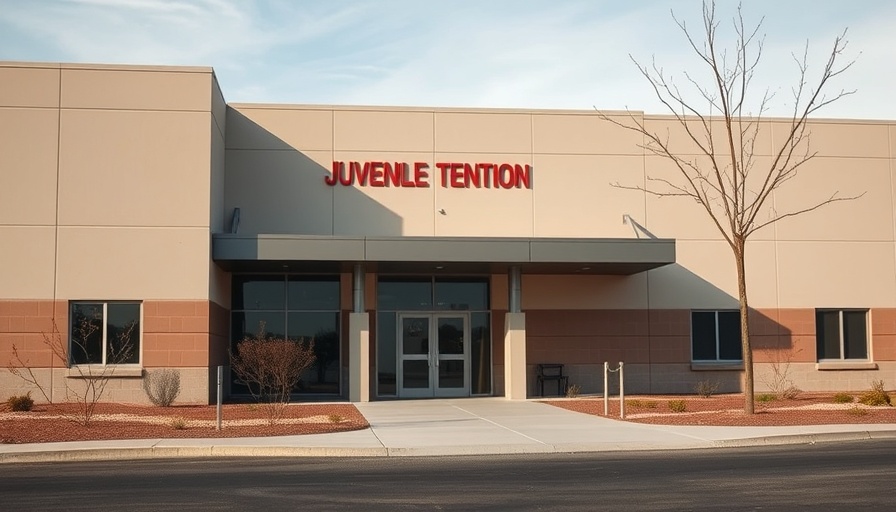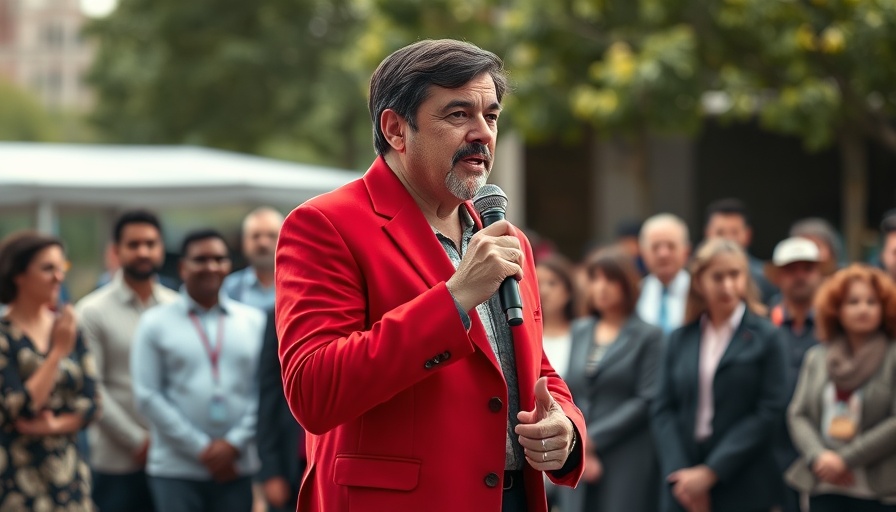
San Diego Supervisors Take a Stand Against Pepper Spray in Juvenile Halls
On a significant day for juvenile justice in San Diego County, local supervisors voted to explore phasing out the use of pepper spray in juvenile detention facilities, a move prompted by growing concerns regarding its application and potential harm. The decision reflects a shift towards prioritizing mental and emotional well-being over punitive measures in youth correctional settings.
Understanding the Concerns Around Pepper Spray
Pepper spray, or OC spray, derived from chili-pepper extract, is a potent asset in suppressing potential violence among youth. However, critics assert that it is often misused and that reliance on such tools overlooks opportunities for de-escalation. Youth advocates have raised alarms about the adverse effects of pepper spray, particularly on vulnerable groups, such as those with developmental disabilities and mental health issues.
Advocating for Alternatives
San Diego County's Board Vice Chair, Monica Montgomery Steppe, has emphasized the need for a shift in culture within these facilities. Instead of punitive measures, she advocates for healing environments where youth can thrive. Her proposal aims not only to reduce reliance on pepper spray but also to examine other methods to improve the conditions for youth in detention.
The Broader Context: State Investigations and Accountability
This local initiative is timely, coinciding with Attorney General Rob Bonta's civil rights investigation into San Diego’s juvenile detention facilities. These investigations highlight long-standing concerns regarding care and treatment within the youth justice system, bringing issues to light that demand comprehensive reforms.
Real Voices, Real Impact
Montgomery Steppe's proposal is grounded in the testimonies of parents and youth advocates who have expressed fears and concerns for their children’s safety in these facilities. Many parents feel powerless in voicing their concerns, often fearing retaliation that could place their children's welfare at further risk. This push towards transparency aims to empower these voices.
Confronting the Power of Chemical Agents
The potency of pepper spray is alarming; it has been measured at over 1,000 times more powerful than jalapeño peppers, raising serious ethical questions about its use in juvenile facilities. The high volumes of use across various incidents have propelled calls for change and preventive measures.
As the subcommittee looks into alternatives, it is crucial to explore other non-violent methods, including conflict resolution techniques and strengthened staff training, to promote a peaceful and rehabilitative atmosphere.
Next Steps for San Diego’s Juvenile Justice System
The Board of Supervisors has directed Chief Probation Officer Tamika Nelson to develop a strategy addressing the phased-out use of pepper spray, reducing incidents of forceful confinement, and ultimately seeking to transform juvenile facilities into spaces for rehabilitation rather than punishment. This comprehensive approach not only seeks to improve the lives of detained youth but also reflects a growing recognition of the importance of mental health and recovery opportunities within institutional settings.
 Add Row
Add Row  Add
Add 




Write A Comment